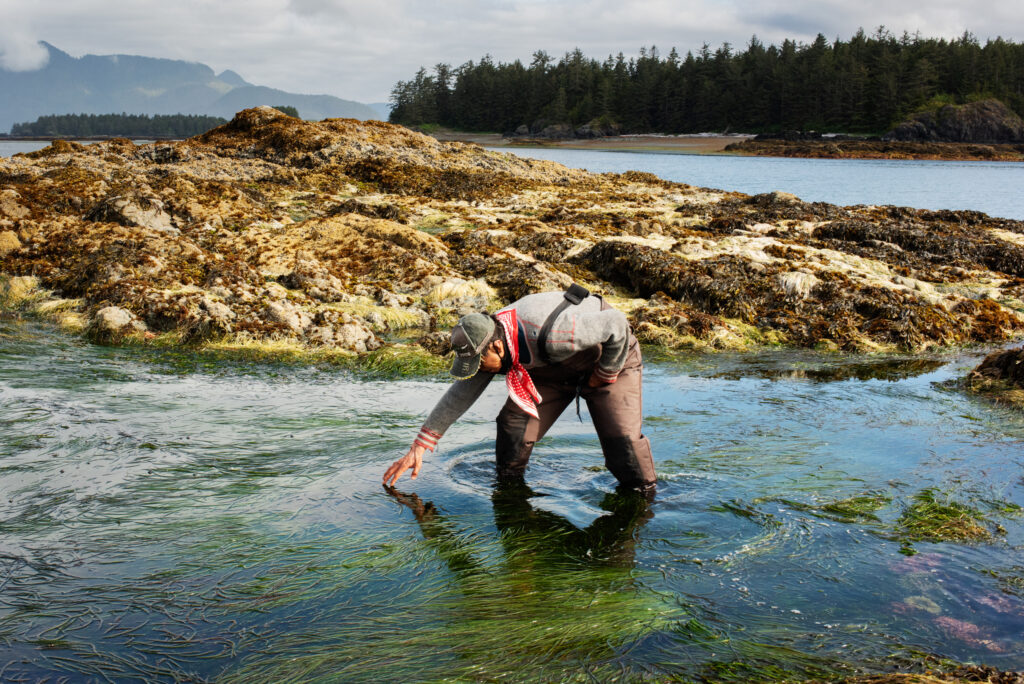2023 BC Budget: What’s in it for nature?
The 2023 BC Budget was released on Tuesday, February 28. In the weeks leading up to the budget announcement, BCer’s sent messages to BC leaders urging them to increase funding for nature protection. While nature didn’t see the big boost we all hoped for, CPAWS-BC welcomes the positive moves for BC’s parks and the coast.
The budget sets out a vision for collaborative stewardship of lands, waters and marine ecosystems. We’re excited to see the budget build on BC’s recent policy commitments and IMPAC5 announcements to prioritize ecosystem health, protect 30% of lands by 2030 and advance Indigenous-led conservation.
Want to know how the new budget will invest in lands, waters and ocean conservation action in BC?
Here are our top 10 nature notes in the BC Budget:
1) More funding for parks and recreation: $101 million will be provided to BC Parks and Recreation Sites and Trails over three years for capital and operating expenses. This means your favourite parks, trails and campsites will get the funding support they need to protect nature and be more accessible.
2) Co-developing an Indigenous Guardians training program: As part of a $480M three-year skills training plan, funding will be provided to support new Guardian training programs. This will be co-developed with Indigenous Peoples. Indigenous Guardians are the “eyes and ears on the ground” in traditional territories, honouring their stewardship responsibilities and strengthening the protection of land and waters across BC.
3) A commitment to implement the Together for Wildlife Strategy: This strategy aims to advance wildlife and habitat stewardship across BC in partnership with Indigenous Nations. BC has a wealth of biodiversity and this plan recognizes the need for a collaborative, adaptive approach to managing wildlife and habitat.
4) Additional regional Forest Landscape Planning tables: $21 million will be provided over three years to establish eight more regional Forest Landscape Planning tables to expand on the existing four. Forest Landscape Planning tables will be led by the province in partnership with Indigenous Nations to engage stakeholders and local community members. This builds on a suite of recently announced changes to shift forest management in BC to better prioritize ecosystem health, community resiliency and Indigenous values.
5) Jumpstarting a Watershed Security Fund: $100 million will go towards improving watershed security in BC by implementing a Watershed Security Fund. Watershed security is vital for strong communities and ecological health. Clean water is a growing concern within communities on the frontlines of climate change and extreme weather events. Healthy watersheds support climate resilience, reconciliation, local economies and all walks of life.

6) Further investment in land-use planning: BC’s land-use planning budget received a slight boost to advance the modernizing of land-use planning and policy, in partnership with Indigenous Peoples. Additional resources will be necessary to reach the commitments to protect 30% of lands by 2030 and paradigm-shifting approaches to land and resource management are reaffirmed in the budget.
7) More funding for First Nations agreements: Nearly $75 million dedicated to supporting reconciliation initiatives with First Nations including the development of clean energy and natural resources, land purchases and emergency management. This investment bolsters efforts to support Indigenous management of their Traditional Territories and is key to the province’s commitment to protecting 30% of lands by 2030.
8) Additional financial investment in water, fisheries, and coastal policy and planning: The province has allocated $10,355,000 for water, fisheries, and coastal policy and planning, which is a slight increase from the 2022/2023 budget of $7,917,000. The exact distribution of this funding to the different programs is unknown, but CPAWS-BC supports an increase in financial investment towards marine conservation, planning, and stewardship in partnership with Indigenous Nations. The following initiatives are included in this boost:
9) Coastal Marine Strategy: The first BC Coastal Marine Strategy will be a cohesive plan co-developed with Indigenous Nations to ensure the health of marine ecosystems and coastal communities. The conservation outcomes of the Coastal Marine Strategy will reflect efforts to strengthen other provincial natural resource management strategies, such as the Watershed Security Strategy and Wild Salmon Strategy.
“We’re happy with the progress to co-develop the Coastal Marine Strategy, and the announcement today signals that the province remains committed to continuing this important work, ” said Kate MacMillan, Ocean Conservation Manager with CPAWS-BC. “We hope that once the strategy is completed, there will be a continued investment to ensure its delivery. We need to care for marine waters, to support thriving, healthy marine ecosystems and coastal communities for future generations.”
Read CPAWS-BC’s Press Release
10) Marine Plan Partnership and the Great Bear Sea Marine Protected Area Network: BC and coastal First Nations are leading the Marine Plan Partnership and the implementation of Canada’s first Marine Protected Area Network in the Great Bear Sea. As of February 6, 2023, the implementation of the new MPA Network is within sight. Permanent protections here on the North and Central coasts will benefit marine life and communities now, and forever
Is the 2023 BC Budget everything we hoped for? Not quite, but it sets the stage for a vision we can build on.
It will take all of us together, to secure meaningful protections for nature on the path to 30×30. Thanks for adding your voice to the movement.
–
Take Action! Add your comments to the BC Coastal Marine Strategy questionnaire before April 14, 2023. Your feedback is important and will help shape a healthy coast for future generations.
